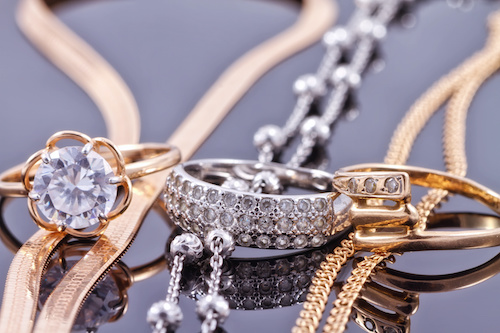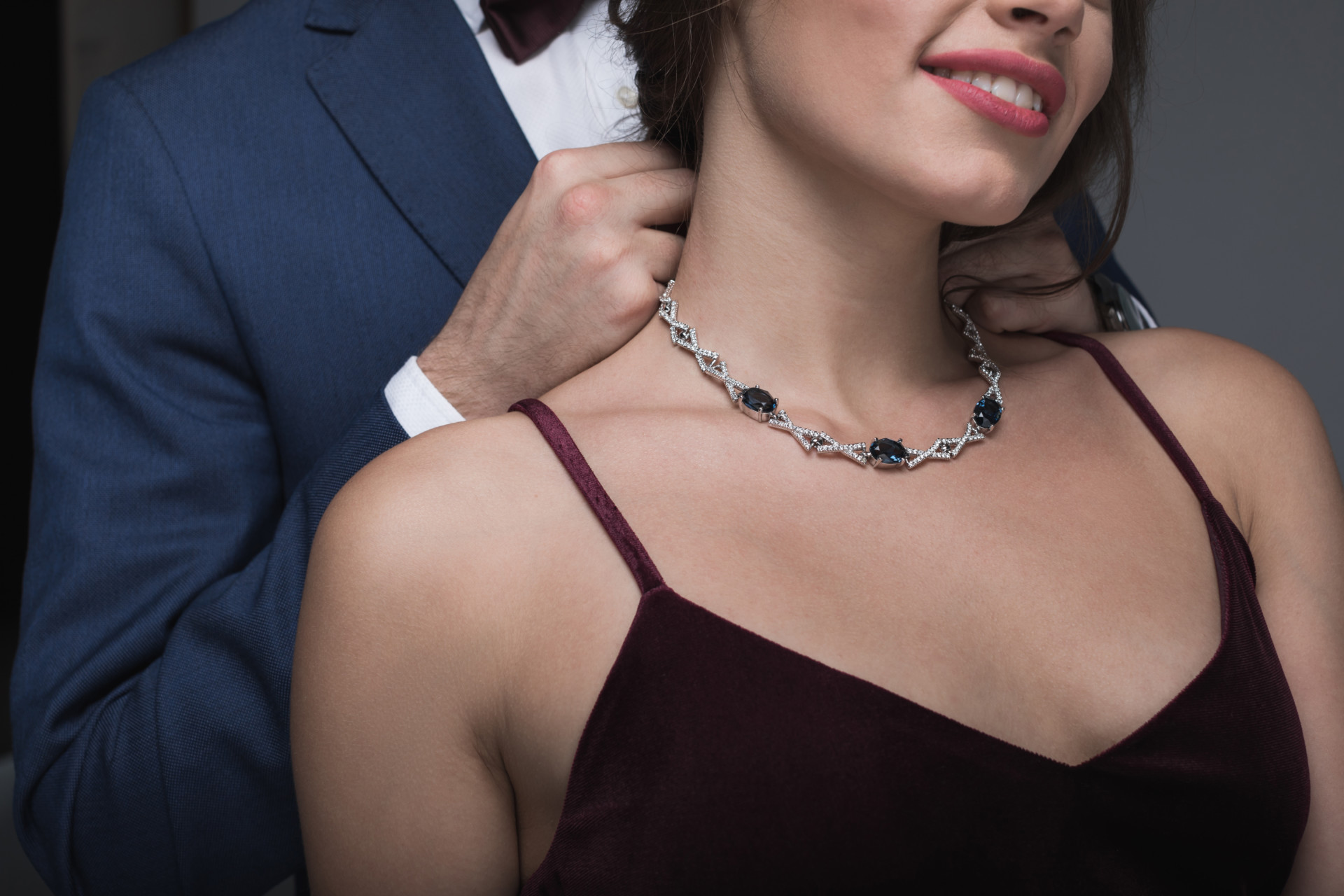When shopping for diamond jewelry, you’ve likely come across the term “4Cs”—diamond clarity, diamond cut, diamond carat, and diamond color. These factors determine diamond quality and ultimately impact its beauty and value. Whether you’re searching for the perfect engagement ring or a timeless piece at jewelry stores in Dallas like Gem Classics, understanding these characteristics will help you make an informed choice.
The 4Cs: What They Are and Why They Matter
The 4Cs were established by the Gemological Institute of America (GIA) as the universal standard for evaluating diamonds. Each “C” plays a vital role in determining how a diamond looks and performs under light.
Diamond Clarity: The Importance of Purity
A diamond’s clarity refers to the presence of internal inclusions or blemishes on the surface. The fewer imperfections, the rarer and more valuable the diamond. Clarity is graded on a scale from Flawless (F) to Included (I), with most diamonds falling somewhere in between.
However, not all inclusions are visible to the naked eye. Many Dallas jewelry shoppers find that diamonds in the VS1-VS2 range offer the best balance of beauty and value—clear to the eye without the premium price tag of a flawless stone.
Diamond Cut: The Key to Sparkle
The cut of a diamond determines its brilliance. A well-cut diamond reflects light beautifully, creating the dazzling sparkle that makes diamonds so mesmerizing.
Cut is not the same as shape (such as round or princess). Instead, the cut is the stone’s symmetry, proportions, and polish. The GIA grades cut from Excellent to Poor, with Excellent and Very Good cuts delivering the most brilliance. When shopping at jewelry stores in Dallas, like Gem Classics, prioritize cut over other factors, as it has the greatest impact on a diamond’s overall sparkle.
Diamond Carat: Weight vs. Size
Carat refers to the weight of a diamond rather than its actual size. A one-carat diamond is equal to 200 milligrams, but visual size also depends on cut and shape. For example, an oval or marquise diamond can appear larger than a round diamond of the same weight.
While carat weight influences price, a well-cut diamond in a slightly lower carat weight can appear just as impressive as a larger stone. If you’re looking for a balance of size and quality, consider diamonds just under popular benchmarks (like 0.90ct instead of 1.00ct) to maximize value.
Diamond Color: The Subtle Influence on Beauty
Diamonds are graded on a color scale starting from D (colorless) and going to Z (noticeable yellow/brown tint). The closer a diamond is to D-F (colorless range), the rarer and more expensive it is.
However, near-colorless diamonds (G-J range) often appear just as bright, especially when set in white gold or platinum. At Dallas jewelry stores like Gem Classics, many shoppers choose near-colorless diamonds to get the best combination of quality and affordability.
Choosing the Right Diamond for You
When selecting a diamond, prioritize what matters most to you. If sparkle is your top priority, focus on the diamond cut. If you prefer a larger stone, explore different shapes and carat weights. By understanding the 4Cs, you’ll be able to find a diamond that fits your style and budget at Gem Classics.
For expert guidance and a stunning selection of diamonds, visit Gem Classics, one of the best jewelry stores in Dallas. Our team is here to help you find the perfect diamond jewelry for any occasion.



